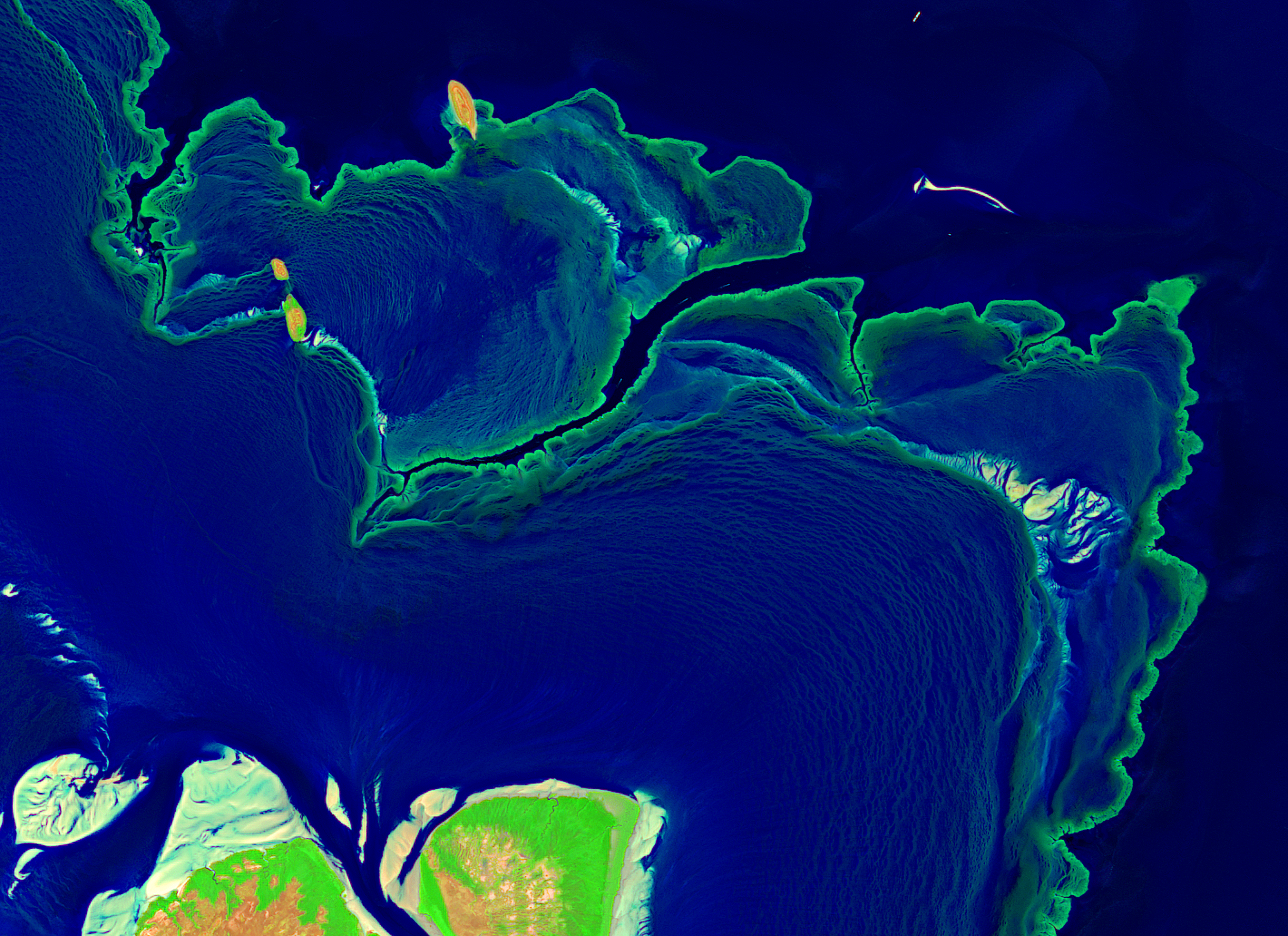
Welcome to Australia’s premier independent
national Earth observation community association
Our Mission
To connect, grow and represent the Earth observation community in Australia.
Our Vision
Earth observation is embedded in decision making in Australia and recognised as fundamental to a more secure and sustainable world.
Our Values
Inclusive | Connected | Innovative | Trusted
Inclusive: We are committed to promoting and improving equity, diversity and inclusion across all our activities
and within our governance structures. Input from a diverse membership and the
embrace of diverse perspectives will strengthen EOA’s reach and impact.
Connected: Collaboration is key to the success of EOA. Fostering connections between government, academia,
the private sector and NFPs enables a synergistic and productive way to achieve common goals.
Innovative: We promote new and creative solutions to unlock the full potential of Earth observation in Australia.
Through innovation, we strive to support informed decision-making and deliver
substantial social, environmental, and economic benefits to the nation.
Trusted: EOA is a conduit for up to date and accurate information through experience, knowledge and
resources shared by its members, the pioneers of our national EO capability.
EOA is Australia’s own gateway to deeper understanding of our Earth's natural, semi-natural and built environments.
Event Calendar
EOA’s Four Strategic Pillars
The Earth Observation: Data, Processing and Applications series has been sponsored by the Cooperative Research Centre for Spatial Information, CSIRO, Geoscience Australia, Bushfire and Natural Hazards Cooperative Research Centre, and FrontierSI. This online series comprises three volumes:
Volume 1: Data (3 sub-volumes)—outlines the basics of Earth Observation in terms of energy sources, data acquisition, sampling characteristics, image availability, data interpretation, and usage.
Volume 2: Processing (6 sub-volumes)—describes the various options involved with image representation, analysis, transformation, integration, and modelling, including details of relevant algorithms, with emphasis on their underlying mathematical and statistical principles.
Volume 3: Applications (2 sub-volumes)—details EO applications for Terrestrial Vegetation (3A) and Surface Waters (3B) in an Australian context.


